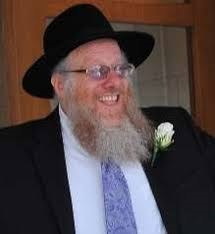Some 2,700 years ago, we went to sleep one night in a world defined by a land, its Temple, and its three levels of society: Kohanim, Leviim, and Yisraelim. We woke up the next day in grief. Our Jewish identity had been flung into the air and fallen to the ground, shattered. A Jew who had always defined himself as a Kohen or Levi had no land, no Temple, no tasks to perform. Yisraelim had no tithes to give and no opportunity for taharah, purification. As we marched into Babylon, it seemed that our entire way of life was lost.
At the same time, however, seeds had been planted to rectify this tragedy. Years before, our scholars were the first Jews to be exiled, and the institutions of learning they established had blossomed miraculously. When the rest of our nation arrived in Babylon, an infrastructure for Jewish survival was already in place. We call this era the Babylonian Exile, a brief period of 70 years that included the reign of Persia and Media. As the massive Babylonian Empire fell, Persia became a world power, controlling 127 kingdoms. And when the Persian Empire fell, in turn, those Jews who, sadly, had not returned to Israel to build the Second Temple lived in the tiny piece of the fallen Persian Empire that remained: what we today call Iran. Today’s Iranian Jews are thus Babylonian Jews whose exile began 2,700 years ago. In fact, R’ Daniel Golfeiz explains, it is inaccurate to term Persian Jews Sephardim because their exile never included a stay in Spain (Sepharad). The proper term is Edut HaMizrach (the Congregation of the East).














